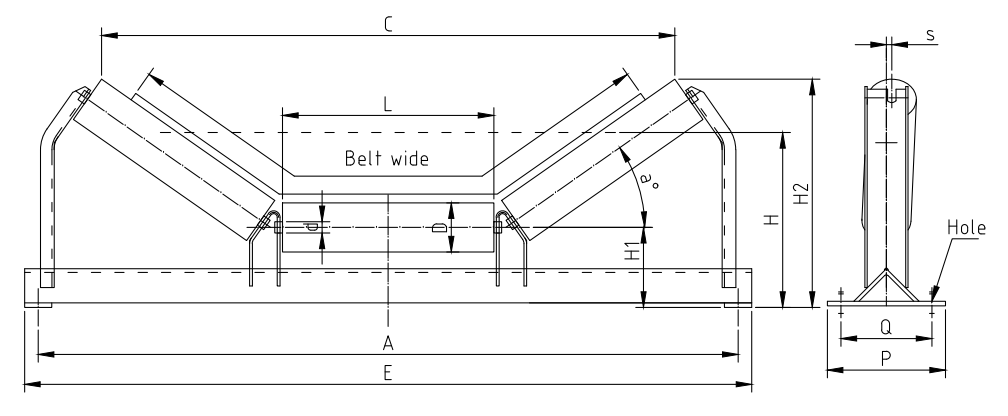 Afrikaans
Afrikaans  Albanian
Albanian  Amharic
Amharic  Arabic
Arabic  Armenian
Armenian  Azerbaijani
Azerbaijani  Basque
Basque  Belarusian
Belarusian  Bengali
Bengali  Bosnian
Bosnian  Bulgarian
Bulgarian  Catalan
Catalan  Cebuano
Cebuano  Corsican
Corsican  Croatian
Croatian  Czech
Czech  Danish
Danish  Dutch
Dutch  English
English  Esperanto
Esperanto  Estonian
Estonian  Finnish
Finnish  French
French  Frisian
Frisian  Galician
Galician  Georgian
Georgian  German
German  Greek
Greek  Gujarati
Gujarati  Haitian Creole
Haitian Creole  hausa
hausa  hawaiian
hawaiian  Hebrew
Hebrew  Hindi
Hindi  Miao
Miao  Hungarian
Hungarian  Icelandic
Icelandic  igbo
igbo  Indonesian
Indonesian  irish
irish  Italian
Italian  Japanese
Japanese  Javanese
Javanese  Kannada
Kannada  kazakh
kazakh  Khmer
Khmer  Rwandese
Rwandese  Korean
Korean  Kurdish
Kurdish  Kyrgyz
Kyrgyz  Lao
Lao  Latin
Latin  Latvian
Latvian  Lithuanian
Lithuanian  Luxembourgish
Luxembourgish  Macedonian
Macedonian  Malgashi
Malgashi  Malay
Malay  Malayalam
Malayalam  Maltese
Maltese  Maori
Maori  Marathi
Marathi  Mongolian
Mongolian  Myanmar
Myanmar  Nepali
Nepali  Norwegian
Norwegian  Norwegian
Norwegian  Occitan
Occitan  Pashto
Pashto  Persian
Persian  Polish
Polish  Portuguese
Portuguese  Punjabi
Punjabi  Romanian
Romanian  Russian
Russian  Samoan
Samoan  Scottish Gaelic
Scottish Gaelic  Serbian
Serbian  Sesotho
Sesotho  Shona
Shona  Sindhi
Sindhi  Sinhala
Sinhala  Slovak
Slovak  Slovenian
Slovenian  Somali
Somali  Spanish
Spanish  Sundanese
Sundanese  Swahili
Swahili  Swedish
Swedish  Tagalog
Tagalog  Tajik
Tajik  Tamil
Tamil  Tatar
Tatar  Telugu
Telugu  Thai
Thai  Turkish
Turkish  Turkmen
Turkmen  Ukrainian
Ukrainian  Urdu
Urdu  Uighur
Uighur  Uzbek
Uzbek  Vietnamese
Vietnamese  Welsh
Welsh  Bantu
Bantu  Yiddish
Yiddish  Yoruba
Yoruba  Zulu
Zulu snub pulley
Understanding the Snub Pulley Functionality and Applications
In the realm of mechanical engineering and transportation, the snub pulley plays a pivotal role in enhancing the efficiency and functionality of various systems. Typically used in conjunction with conveyor belts, elevators, and other mechanical systems, a snub pulley is a specialized type of pulley that is designed to redirect the path of a belt or cable. This article explores the fundamental aspects of snub pulleys, including their design, functionality, and applications across different industries.
Design and Functionality
A snub pulley is usually mounted at an angle, deviating from the standard straight alignment of pulleys. This angled design allows the snub pulley to change the direction of a belt or cable without compromising its tension or operation. Snub pulleys provide greater friction against the belt, which increases the driving force and improves overall efficiency.
The construction of a snub pulley typically consists of a sturdy cylindrical structure that may be composed of metal or reinforced plastic materials. It is usually equipped with bearings that allow for smooth rotation. The positioning of the snub pulley is critical; it must be placed at a precise angle to maximize its effectiveness in changing the belt's path while maintaining tension.
Operational Mechanics
The primary function of a snub pulley is to increase the contact area between the belt and the driving pulley. By altering the belt's trajectory, it can create a tighter wrap around the drive pulley, which in turn enhances the friction and allows for better power transmission. The snub pulley also helps to maintain the correct belt alignment, reducing wear and tear over time.
In addition to improving power efficiency, snub pulleys are instrumental in controlling belt tension. Proper tension is crucial for preventing slippage, which can lead to premature wear and decreased operational efficiency. By using a snub pulley, engineers can better regulate the required tension, ensuring that the system operates smoothly and effectively.
Applications Across Industries
snub pulley

Snub pulleys find their applications in a wide variety of industries, including manufacturing, logistics, and mining. In manufacturing, they are often employed in conveyor systems to manage the flow of materials. The ability to change the direction of a conveyor belt allows for more efficient layout designs in factories, maximizing space and productivity.
In the logistics sector, snub pulleys are essential in automated sorting systems, where packages need to be redirected accurately. This capability improves workflow and speeds up processing times, which is critical in high-volume environments like distribution centers.
The mining industry also heavily relies on snub pulleys. Conveyor systems are vital for transporting mined materials from extraction sites to processing facilities. The rugged design and operational reliability of snub pulleys ensure that conveyors can handle the heavy loads and harsh conditions prevalent in mining operations.
Advantages of Snub Pulleys
The advantages of incorporating snub pulleys into mechanical systems are manifold. First and foremost, they enhance the efficiency of power transmission, allowing for smoother and more reliable operations. By improving the grip on the drive pulleys, these pulleys contribute to a significant reduction in energy costs, particularly in large-scale industrial operations.
Additionally, snub pulleys extend the lifespan of conveyor belts and other mechanical systems by reducing wear and tear. Improved tension management minimizes the risk of slippage and the associated damage, ensuring that components remain functional for longer periods.
Conclusion
In summary, snub pulleys are indispensable components in various mechanical and transportation systems. Their unique design allows them to enhance efficiency, maintain proper tension, and facilitate the seamless movement of materials across different industries. As technology continues to advance, the role of snub pulleys will likely evolve, catering to increasing demands for efficiency and sustainability in industrial operations. By understanding and leveraging the capabilities of snub pulleys, businesses can optimize their processes and achieve greater operational excellence.
-
Revolutionizing Conveyor Reliability with Advanced Rubber Lagging PulleysNewsJul.22,2025
-
Powering Precision and Durability with Expert Manufacturers of Conveyor ComponentsNewsJul.22,2025
-
Optimizing Conveyor Systems with Advanced Conveyor AccessoriesNewsJul.22,2025
-
Maximize Conveyor Efficiency with Quality Conveyor Idler PulleysNewsJul.22,2025
-
Future-Proof Your Conveyor System with High-Performance Polyurethane RollerNewsJul.22,2025
-
Driving Efficiency Forward with Quality Idlers and RollersNewsJul.22,2025





























